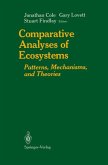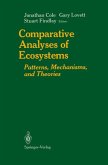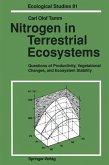This book examines the ecological characteristics of tropical savanna- most simply defined as those ecosystems which lie between the equatorial rainforests and the deserts and semi-deserts of Africa, Australia and South America. These savannas form a continuum of physiognomic types ranging from closed woodlands with a heliophytic grass understorey, through open savanna woodlands to treeless edaphic grasslands. In all areas Kranz syndrome or C4 grasses dominate the herbaceous layer while the woody component, at the moist end of the moisture gradient, comprises fire tolerant trees and shrubs. Tropi ca 1 savannas occupy the greater area of the southern conti nent- some 65% of Africa, 60% of Austral ia and 45% of South America. Oespi te their vast area and their present and potential importance in terms of livestock and crop production, they have not enjoyed the intensity of research interest devoted during the last several decades to the deserts, rainforests and mediterranean regions. Indeed they are probably the least well understood of the world's major terrestrial ecosystems. With a few notable exceptions, ecological studies in tropical savannas have been 1 imited to scattered and rather di sparate ventures. The fi rst integrated study of a tropical savanna was probably that undertaken in the Ivory Coast by Lamotte and associates, while Medina and others had conducted important ecophysiological work in the Venezuelan llanos.








